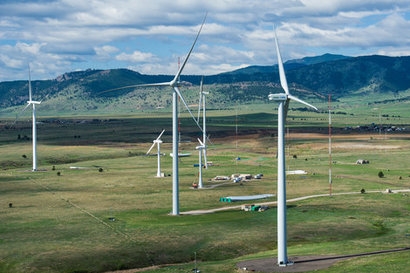
Combined, turbine misalignment, poor yaw control, and incorrect pitch settings can add up to the significant detriment of wind farm outputs. Yet too often, the analysis required to discover these anomalies is conducted on an ad hoc basis or not completed at all, finds Clir.
As the European wind energy industry has matured post-subsidy, wind asset owners have increasingly looked at how to elongate turbine lifetimes, increase project returns by enhancing performance, and better understand how their assets work.
Yet, despite this driver, there is still a disconnect between the actions that many asset managers are taking in order to try and optimise performance. Too often, turbine asset management relies on reactive strategies, which, while ensuring failed equipment is swiftly repaired, do not provide owners with increases in performance and hence, returns. However, by adopting more active approaches that would include monitoring the effectiveness of existing turbine yaw and pitch settings, and subsequently adjusting, operators can see gains of up to 5 percent across a portfolio.
“In isolation, these adjustments may seem too small to make a fundamental difference to project performance” said Gareth Brown, CEO, Clir. “But while each represents a ‘marginal gain’, collectively we tend to see overall performance improvements of up to 5 percent. The wind industry’s relatively short maturation over the last 25 years or so, coupled with a move to merchant operations, means that we’re constantly learning how to extract better performance from our assets”.
Mr Brown added that too often, current operations and maintenance strategies are reactive, and fail to realise the potential for performance gains from wind energy equipment and that as the industry evolves, this will clearly have to change, particularly as projects see the expiration of subsidy, push for lifetime extension, or come out of manufacturer's warranty.
“We know that investors are starting to look more closely at their returns, which will materially affect their decisions on which projects to acquire or hold” Brown said.
For additional information:

